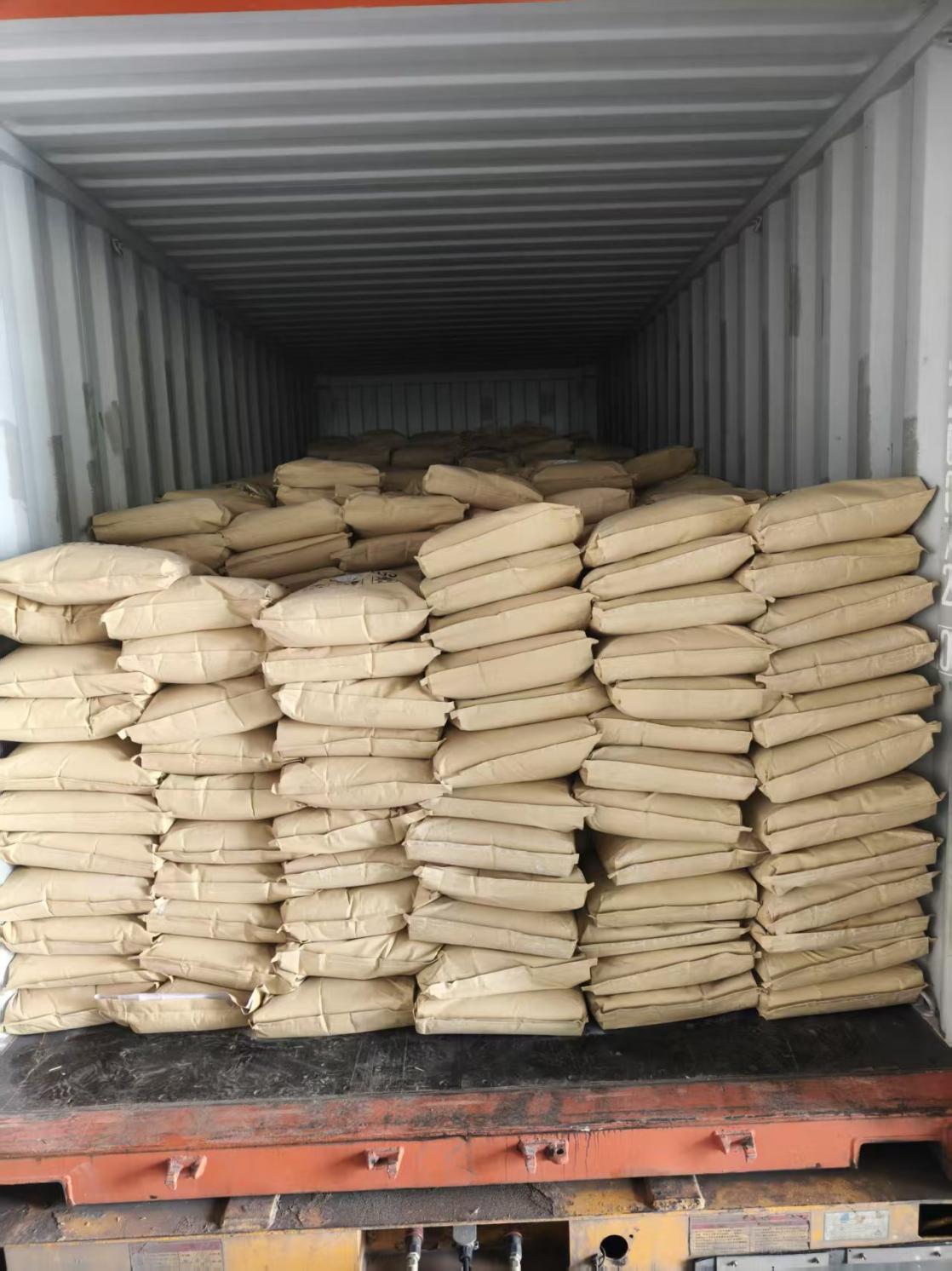Understanding Yellow Foaming Agents: Their Role in Chemical Applications
Release time: 2025-07-16
Yellow foaming agents are a specialized category of surfactants that exhibit unique properties making them essential in various industrial applications. These agents are primarily utilized to generate and stabilize foam in different products, contributing to their performance and efficacy. Understanding the chemistry and functionality of yellow foaming agents can greatly enhance the development and optimization of formulations in the chemical industry.
Foaming agents work by reducing the surface tension of liquids, allowing them to trap air and create bubbles. In the case of yellow foaming agents, their distinct color is often due to specific additives or chemical structures that do not compromise their performance. This color can also serve practical purposes, such as indicating the presence of the foaming agent in a formulation or enhancing the visual appeal of the end product.
One of the critical applications of yellow foaming agents is in the production of cleaning products, where foam enhances the cleaning power of the solution by increasing contact time with surfaces. In personal care products, such as shampoos and body washes, these foaming agents help create a rich lather that consumers often associate with effectiveness and quality. Furthermore, they are also vital in the food industry, where they help create stable foams in products like whipped toppings and mousses, contributing to texture and mouthfeel.
In construction and insulation, yellow foaming agents play a crucial role in the production of foamed materials, which are lightweight yet effective in providing thermal insulation. These foams can also be used in various applications, including soundproofing and packaging, where their lightweight and cushioning properties are beneficial.
When working with yellow foaming agents, it is essential to consider their compatibility with other ingredients in a formulation. The choice of surfactants, solvents, and other additives can significantly impact the performance and stability of the foam produced. Additionally, environmental and safety considerations should also be taken into account, as regulatory requirements may dictate the use of certain foaming agents in specific applications.
In summary, yellow foaming agents are versatile compounds that play a vital role across multiple industries. Their ability to enhance product performance through effective foaming makes them invaluable in applications ranging from cleaning and personal care to construction and food production. Understanding their properties and applications can aid professionals in selecting the right foaming agents for their specific needs, ensuring optimal performance and customer satisfaction.
Foaming agents work by reducing the surface tension of liquids, allowing them to trap air and create bubbles. In the case of yellow foaming agents, their distinct color is often due to specific additives or chemical structures that do not compromise their performance. This color can also serve practical purposes, such as indicating the presence of the foaming agent in a formulation or enhancing the visual appeal of the end product.
One of the critical applications of yellow foaming agents is in the production of cleaning products, where foam enhances the cleaning power of the solution by increasing contact time with surfaces. In personal care products, such as shampoos and body washes, these foaming agents help create a rich lather that consumers often associate with effectiveness and quality. Furthermore, they are also vital in the food industry, where they help create stable foams in products like whipped toppings and mousses, contributing to texture and mouthfeel.
In construction and insulation, yellow foaming agents play a crucial role in the production of foamed materials, which are lightweight yet effective in providing thermal insulation. These foams can also be used in various applications, including soundproofing and packaging, where their lightweight and cushioning properties are beneficial.
When working with yellow foaming agents, it is essential to consider their compatibility with other ingredients in a formulation. The choice of surfactants, solvents, and other additives can significantly impact the performance and stability of the foam produced. Additionally, environmental and safety considerations should also be taken into account, as regulatory requirements may dictate the use of certain foaming agents in specific applications.
In summary, yellow foaming agents are versatile compounds that play a vital role across multiple industries. Their ability to enhance product performance through effective foaming makes them invaluable in applications ranging from cleaning and personal care to construction and food production. Understanding their properties and applications can aid professionals in selecting the right foaming agents for their specific needs, ensuring optimal performance and customer satisfaction.
 sales@feihengchem.com
sales@feihengchem.com
 +8615665855919
+8615665855919 中文
中文 English
English España
España











